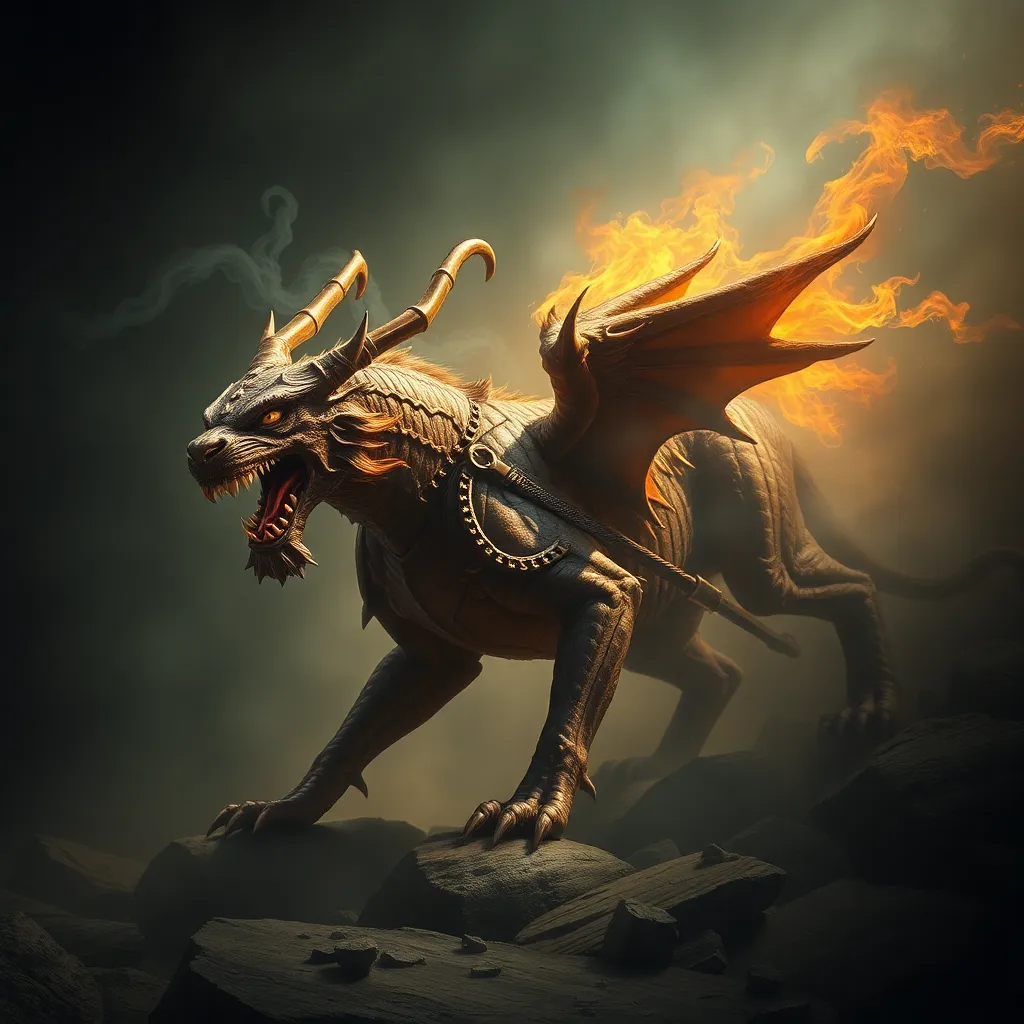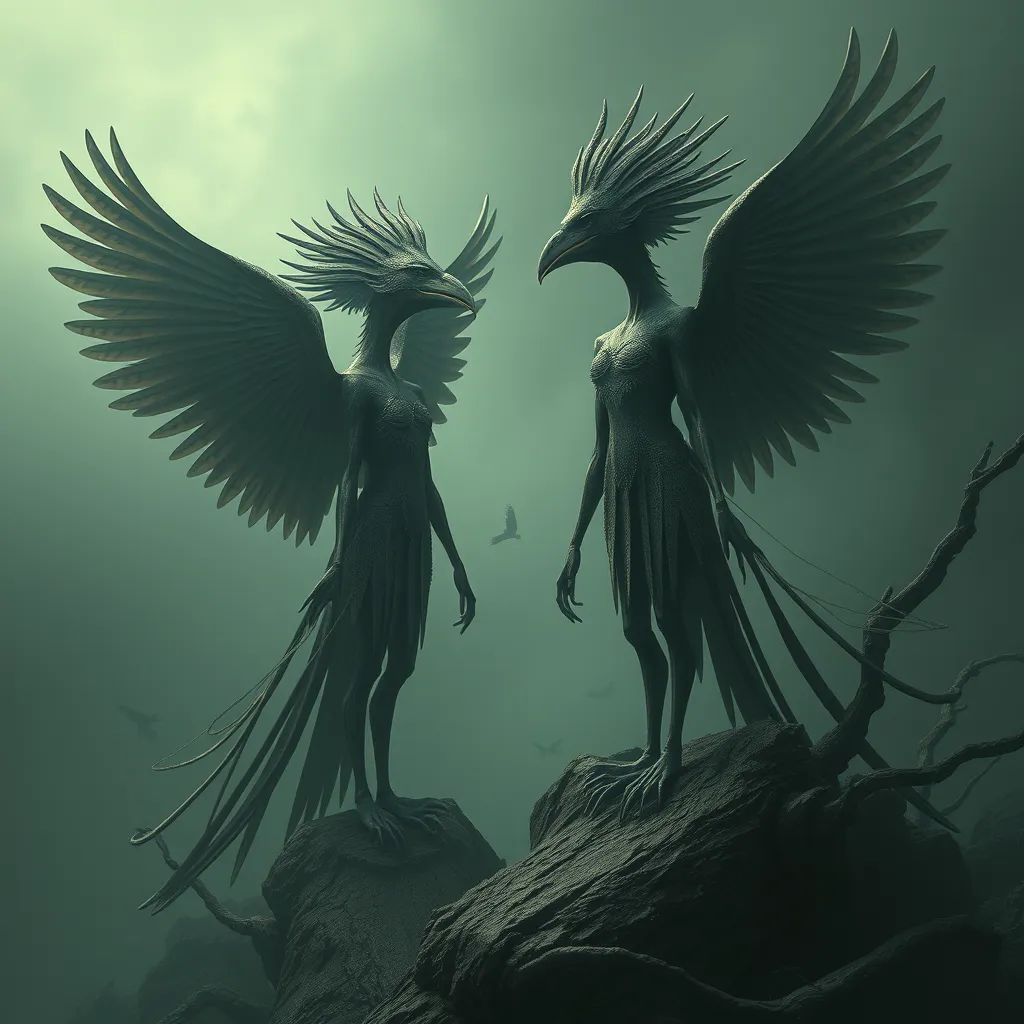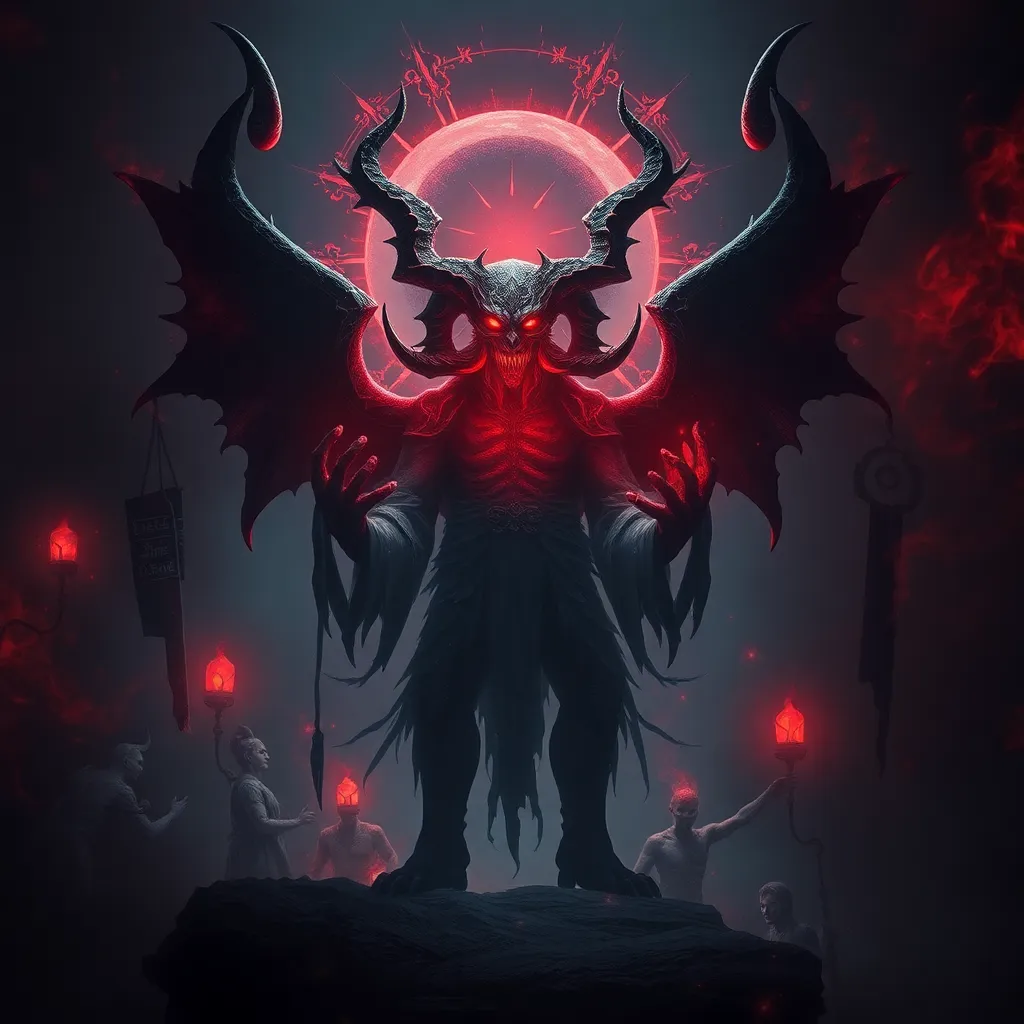The Manticore in Roman Literature: A Reflection of Imperial Power?
I. Introduction
The Manticore, a mythical creature with the body of a lion, a human head, and a scorpion’s tail, has captivated the imaginations of many throughout history. Its origins trace back to ancient Persian mythology, yet it found a significant place in Roman literature, where it became a symbol of both wonder and fear. The Manticore’s complex nature reflects the multifaceted anxieties of Roman society during the height of the Empire.
In this article, we will explore how the Manticore symbolizes the complexities of imperial power and the anxieties of Roman society. By examining its historical context, literary significance, and the cultural implications of its representation, we will uncover the deeper meanings behind this fascinating creature.
II. Historical Context of the Manticore
A. Origins of the Manticore in Ancient Mythology
The Manticore is believed to have originated in Persian mythology, where it was described as a fearsome beast that preyed on humans. The name “Manticore” itself comes from the Persian word “martiya,” meaning “man-eater.” This creature was often depicted as a formidable predator, embodying the fears of the unknown in the ancient world.
B. Evolution of Its Depiction in Roman Texts
As the Manticore made its way into Roman literature, its depiction evolved. Roman authors began to integrate this creature into their narratives, often using it to symbolize the chaos and dangers of the outside world. The Manticore became a reflection of the fears faced by the Roman Empire as it expanded its borders and encountered various cultures.
C. Cultural Influences on the Representation of Mythical Creatures in Rome
Roman culture was heavily influenced by the myths and legends of conquered territories. The Manticore, with its hybrid form, exemplified the blending of different cultural elements. This melding of influences contributed to the complexity of its representation in Roman literature, serving as both a symbol of fear and a reflection of imperial power.
III. The Manticore as a Symbol of Power
A. Analysis of the Manticore’s Characteristics
The Manticore’s unique combination of animal and human traits makes it a compelling symbol of power. The lion represents strength and majesty, the human head signifies intelligence and reasoning, while the scorpion’s tail embodies danger and lethal precision. Together, these elements suggest a being that is both formidable and unpredictable.
B. Interpretation of Its Hybrid Nature as a Metaphor for Imperial Authority
The Manticore’s hybrid nature can be seen as a metaphor for the Roman Empire itself. Just as the Manticore combines different elements into a single entity, the Empire was a vast amalgamation of cultures, peoples, and territories. This duality raises questions about identity and control within the imperial framework.
C. The Manticore in Relation to Roman Ideals of Strength and Control
In Roman ideology, strength and control were paramount. The Manticore’s terrifying presence serves as a reminder of the consequences of unchecked power. It illustrates the tension between the desire for dominance and the fear of chaos—an ongoing theme in Roman literature.
IV. The Manticore in Roman Literature
A. Key Literary Works Featuring the Manticore
The Manticore appears in various literary forms, from poetry to prose and art. Some notable works include:
- Lucan’s “Pharsalia”: The Manticore is used to symbolize the chaos of civil war.
- Pliny the Elder’s “Natural History”: Descriptions of the Manticore highlight its fearsome traits.
- Ovid’s “Metamorphoses”: References to the Manticore illustrate transformation and the blending of human and beast.
B. Literary Techniques Used to Highlight the Manticore’s Significance
Authors employed various literary techniques to emphasize the Manticore’s role as a symbol of power:
- Imagery: Vivid descriptions create a terrifying picture of the creature.
- Symbolism: The Manticore represents broader themes of power, control, and chaos.
- Allegory: The Manticore’s interactions with humans often serve as a critique of imperial ambitions.
V. The Manticore and the Roman Imperial Experience
A. Connections Between the Manticore and Imperial Expansion
The Manticore is often linked to the Roman Empire’s expansionist policies. As Rome sought to conquer new territories, it encountered unfamiliar cultures and landscapes, evoking the Manticore’s qualities of unpredictability and danger. This connection highlights the challenges of maintaining control over vast and diverse lands.
B. Reflections of Societal Fears and Anxieties Regarding Power and Control
Throughout Roman literature, the Manticore embodies societal fears surrounding the consequences of imperial power. The creature serves as a warning of the potential chaos that can arise from unchecked ambition, reflecting the anxieties of a society grappling with the realities of empire.
C. The Manticore as a Critique of Imperial Ambitions
In many texts, the Manticore’s ferocity can be interpreted as a critique of Roman imperialism. It prompts readers to consider the moral implications of conquest and the cost of power, urging a reflection on the true nature of strength.
VI. Comparative Analysis: The Manticore and Other Mythical Creatures
A. Comparison with Other Hybrid Creatures in Roman Literature
Other mythical creatures, such as the Chimera and the Minotaur, also appear in Roman literature, each representing different aspects of power and chaos. However, the Manticore’s unique combination of characteristics sets it apart.
B. The Role of These Creatures in Expressing Themes of Power and Chaos
While many hybrid creatures symbolize chaos and danger, the Manticore’s specific traits—strength, intelligence, and lethal precision—allow it to serve as a more nuanced representation of imperial power and the inherent contradictions within it.
C. How the Manticore Stands Out in Its Representation of Imperial Power
The Manticore’s duality—both majestic and fearsome—mirrors the complexities of the Roman Empire itself. It highlights the tension between the grandeur of imperial power and the lurking dangers of its pursuit.
VII. The Legacy of the Manticore in Later Literature and Culture
A. Influence on Medieval and Renaissance Depictions of Monsters
The Manticore has continued to influence literature and art throughout the centuries. In medieval and Renaissance texts, it often appears as a symbol of the unknown and the chaotic forces of nature, maintaining its association with fear and power.
B. The Manticore’s Role in Contemporary Interpretations of Power and Mythology
In contemporary literature and media, the Manticore persists as a powerful symbol. Its hybrid nature continues to resonate, representing the complexities of identity and the struggles for power in modern society.
C. Reflections in Modern Media and Literature
The Manticore can be found in various forms of modern media, from fantasy novels to films, where it often embodies themes of struggle, chaos, and the quest for control. This enduring legacy underscores the relevance of the Manticore as a metaphor for human experiences with power.
VIII. Conclusion
In summary, the Manticore’s significance in Roman literature extends far beyond its fearsome appearance. As a symbol of imperial power, it reflects the complexities, anxieties, and moral dilemmas faced by Roman society. The interplay between myth and reality in the representation of the Manticore invites us to reconsider the legacy of Roman culture and its implications for understanding power in both historical and contemporary contexts.
The Manticore stands as a testament to the enduring nature of mythology and its ability to capture the complexities of human experience, serving as a bridge between the past and the present in our quest for understanding power and control.



